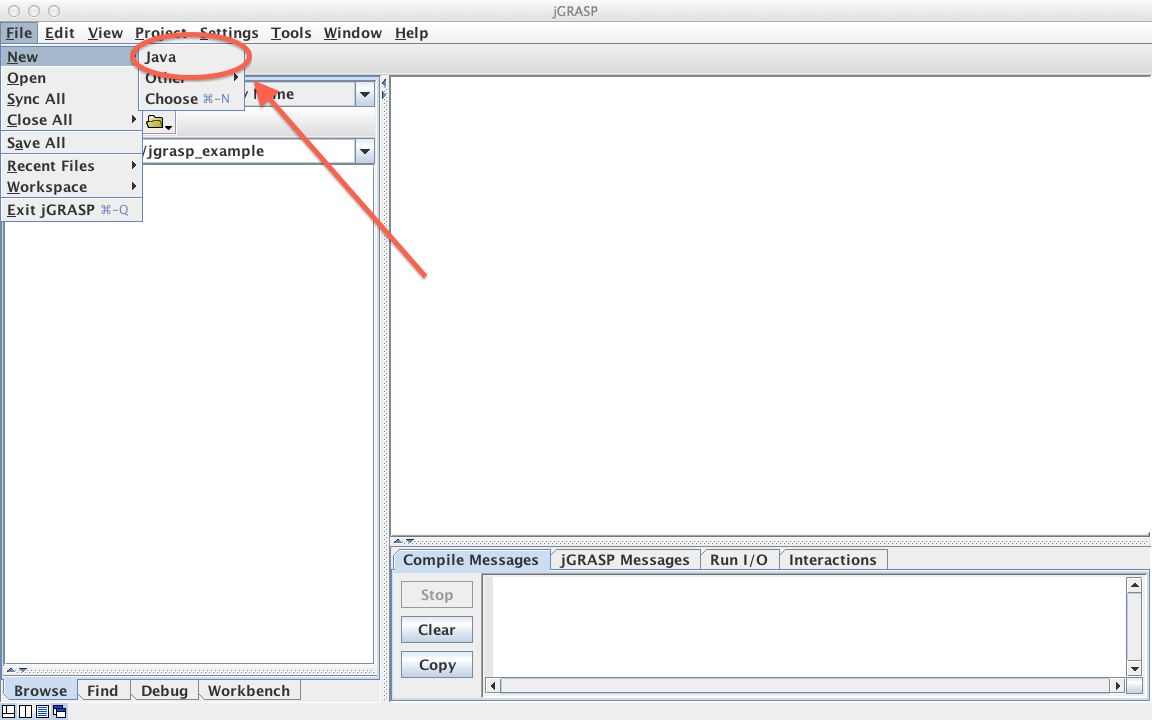

Provide information to the Java compiler.Rather, they’re used to do one of the following: By convention and for simplicity, JUnit 5 tests are usually written with default visibility (often called package-private with no public/ private/ protected access modifier).Īnnotations are a form of metadata that you can attach to declarations, types, and certain expressions.Īnnotations will have no direct effect on what the program does when run. (There are some JUnit extensions that allow you to add parameters, e.g., to use a single method to define multiple test cases based on the parameter value, but you won’t need to use these for our assignments.) They usually shouldn’t have any parameters.They must have JUnit’s annotation to that JUnit should treat them as tests.JUnit test methods must satisfy a few requirements: Note that we’re using JUnit 5, which differs slightly from earlier versions of JUnit.Īs described above, we write JUnit tests by simply adding test methods to a regular Java class. JUnit is the unit testing framework we use in this class, and it’s also the most commonly used testing library for Java. Usually, we collect all tests for a particular class in another class, so we can refer to that test class as the “test suite.” JUnit ¶ On the other hand, test methods that return normally indicate that the test passed.Ī couple final notes and definitions: Test case A particular scenario to test essentially corresponds to the “arrange” and “act” steps above (although it wouldn’t be incorrect to include the “assert” step, since a program should only ever have a single correct behavior for a given scenario).

In most unit testing frameworks (including the one we use in our assignments), each test is contained within a single method, and any incorrect assertion will cause, the assertion method to throw an exception to indicate that the test failed.

JGRASP DEBUGGER CODE
In our assignments, for example, you might see code like assertThat(returnValue).isEqualTo(15). In most testing framework libraries, the checking is done by calling an assertion method that compares some expected value to the actual value produced. This may involve checking its return value, or examining other state in the object (sometimes by calling other methods), or making sure the correct exception was thrown. Assert: Check that the unit behaved correctly.Act: Invoke some method to test (e.g., remove(5)).Arrange: Instantiate the unit under test and set up some scenario (e.g., adding 3 items into a list).Usually, each unit test follows a simple process: In particular, our tests focus on checking individual units of your code-usually individual instances of the class you write-to ensure that they behave as expected in each given scenario this style of testing is called unit testing. You’ll see testing used extensively throughout both industry and the assignments in this course: all our assignments include some test code for the classes you’ll be implementing, our grading will similarly be automated using programmatic tests. Instead of manually going through this process every time, it would be much easier to automate it-we’ll check our code by using more code! When we refer to testing, we’re referring to this process: we’re testing the correctness of our code. As it turns out, it takes a long time to figure out what’s wrong in a program, especially if we need to sequentially disable different components or write new mini-programs to check what our code is doing. We’ve probably all had this experience before: spending several hours writing some code, finally getting everything to compile, and then running the program only to realize moments later that nothing works correctly, and spending another several hours disabling parts of the program to figure out what’s wrong.


 0 kommentar(er)
0 kommentar(er)
